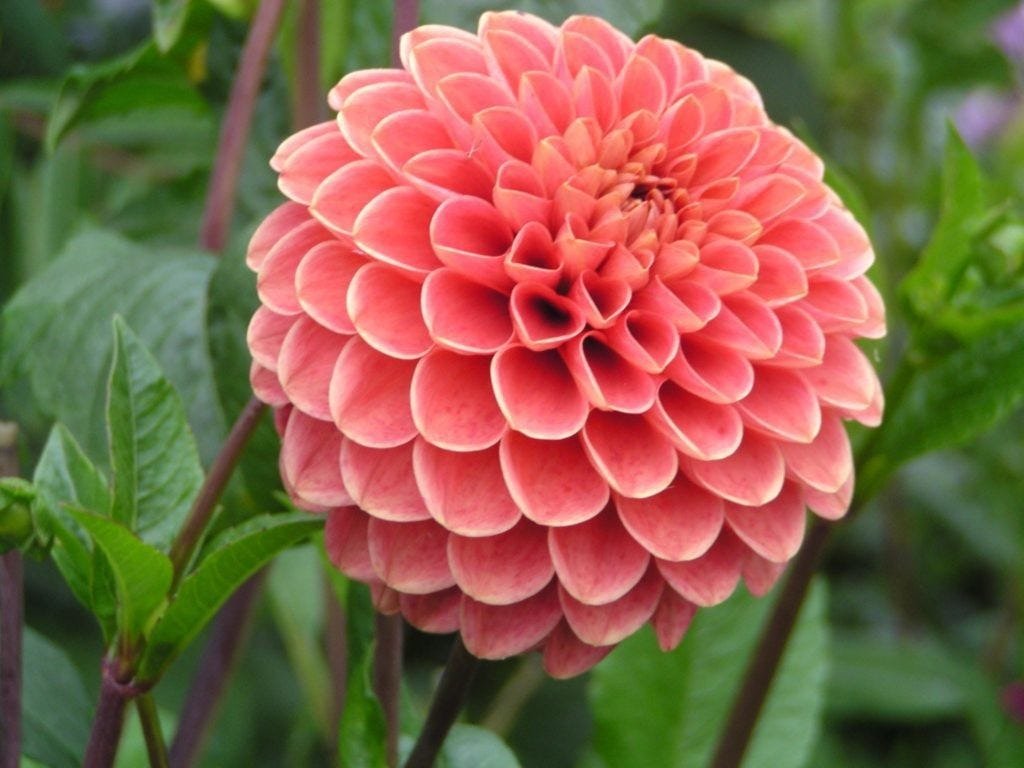I can’t directly display images, but I can certainly help describe the beautiful dahlia flower and its various types!
Dahlia Flower Description:
- Appearance: Dahlias are known for their vibrant, symmetrical blooms, which can be single or multi-petaled. They come in almost every color imaginable—except blue—and can be found in hues like red, orange, pink, yellow, white, and purple.
- Size: Dahlias range in size from small pom-pom types to large dinner-plate varieties that can be over 12 inches in diameter.
- Shape: The petals of dahlias can vary widely, from rounded and soft to spiky and pointed, giving them a lot of variety in looks. There are also many different petal arrangements depending on the dahlia type.

The dahlia flower is cherished not only for its stunning appearance but also for its various benefits, both in gardens and wellness practices. Here are some key dahlia flower benefits:
1. Aesthetic and Garden Benefits
Ornamental Value: Dahlias are sought after ornamental flowers that bring vibrant color and diversity to gardens, patios, and landscapes. Their large, colorful blooms are ideal for enhancing the visual appeal of any area.
Attracts Pollinators: These flowers draw in bees, butterflies, and other helpful insects, aiding in pollination and fostering a healthy ecosystem in your garden.
Long Blooming Season: Dahlias bloom from midsummer until the first frost, offering prolonged color throughout the growing season.
2. Health and Wellness Benefits
Natural Pest Control: While dahlias may not have direct medicinal properties, they can contribute to organic gardening. Certain varieties are believed to deter some pests, which can help minimize the need for harmful pesticides.
Stress Reduction: Like many flowers, being around dahlias can positively impact mental health. Their vibrant, symmetrical blooms can inspire feelings of calm and joy, helping to alleviate stress and enhance mood. Engaging in flower arranging and gardening with dahlias can also serve as a mindful, therapeutic activity.
3. Culinary Uses
Edible Tubers: Some dahlia species, especially the smaller heirloom varieties, produce edible tubers, often referred to as “dahlia roots.” These tubers have a mild, slightly nutty flavor and can be used in cooking, much like potatoes or Jerusalem artichokes.
Culinary Uses in Folklore: In various cultures, dahlia tubers are incorporated into traditional dishes or valued for their nutritional benefits, as they are rich in carbohydrates, fiber, and antioxidants.
4. Symbolism and Emotional Benefits
Symbol of Strength and Resilience: In the language of flowers, dahlias are often linked to personal strength and resilience.
